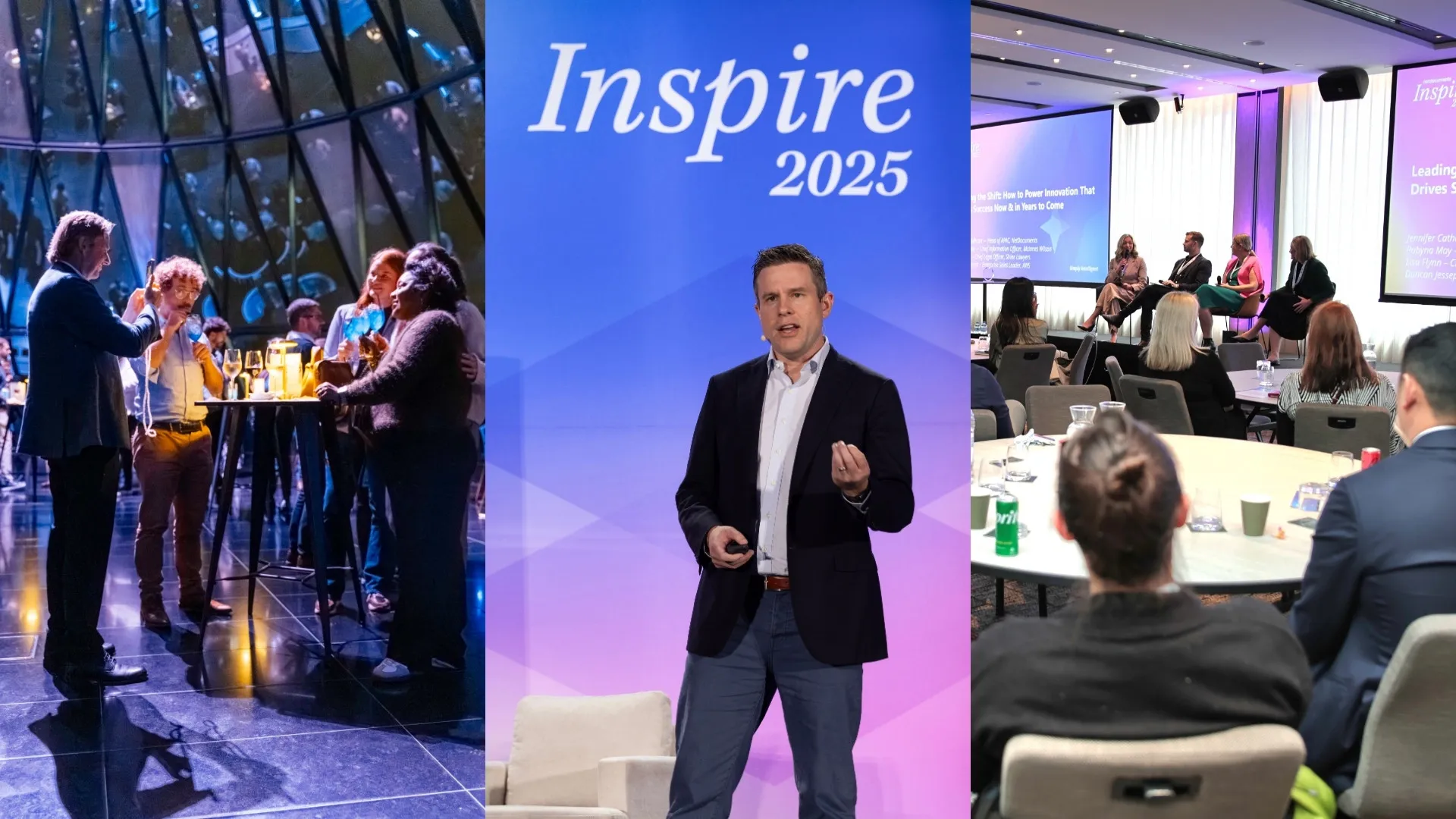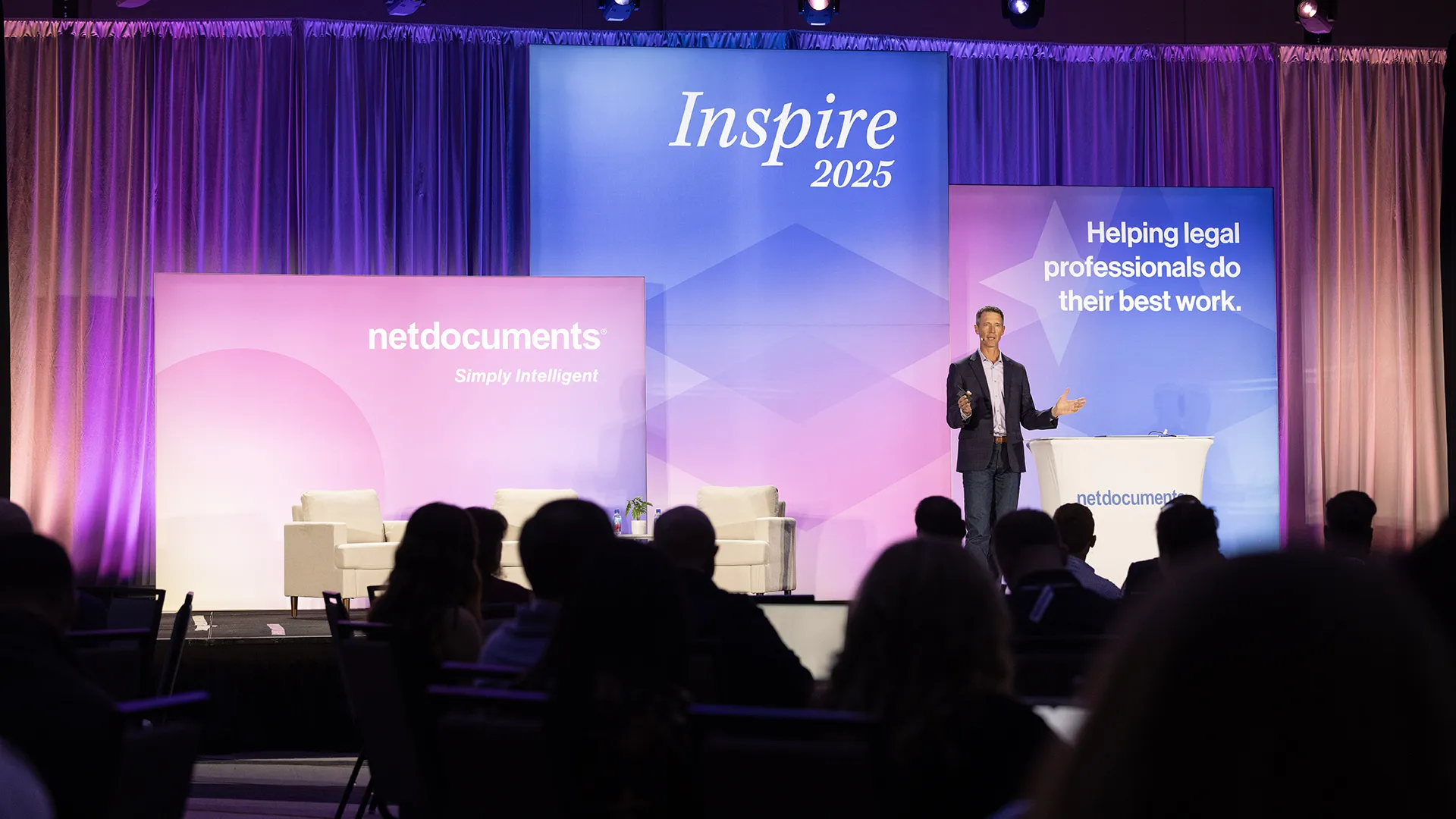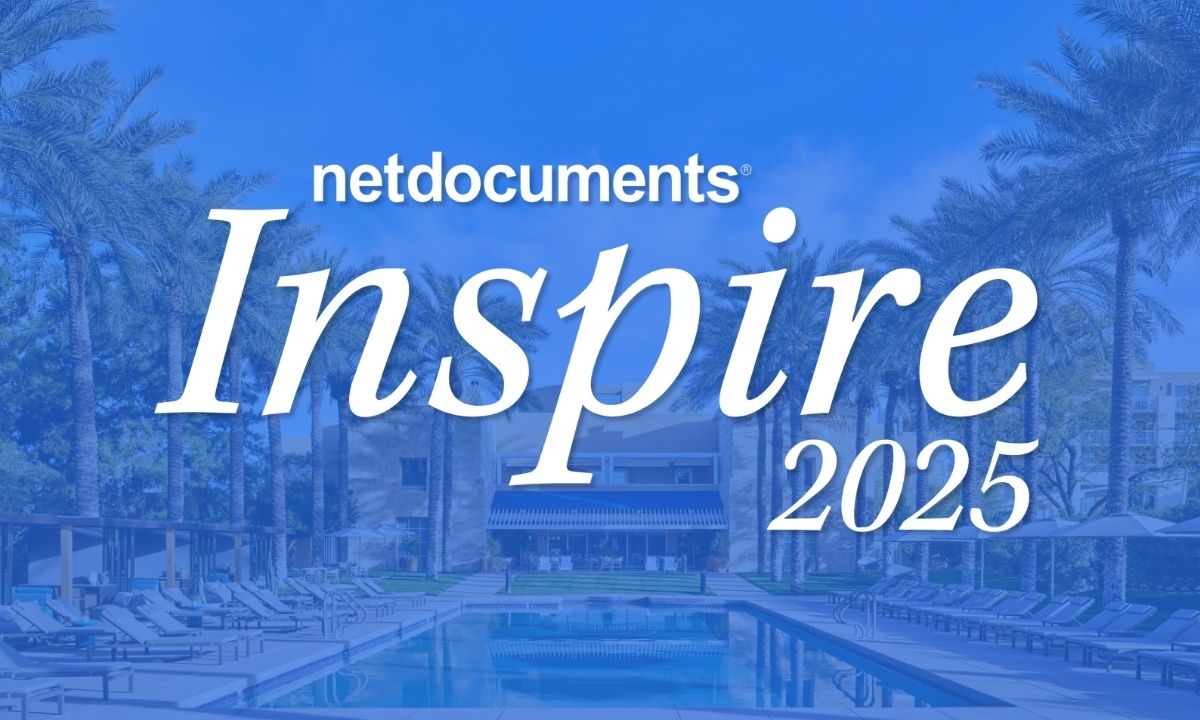
Blog
Realizing the Potential of Unified Wisdom with Knowledge Management

Most business environments, particularly those that have been around for a while, have deeply embedded processes that, when managed properly, can provide a wealth of history and meaning to the organization. But gathering and storing knowledge about these processes is simply not enough. The ideal scenario includes knowledge and information used in a cohesive way to improve organizational efficiency and ensure business continuity.
Knowledge management (KM) has gained much attention in recent years since the onset of the pandemic. During that time, businesses scrambled under intense pressure to find resources with legacy technology experience and the knowledge to repair failing systems and provide insight into dated processes. Unemployment reached an all-time high of 14.70 percent in April of 2020.
A CNN Business article relayed a message of desperation when faced with the reality of inefficiencies and a lack of knowledge workers to drive dated workflows and legacy content management systems, many of which were decades old and not designed to handle enormous volumes of information growth and user requests. Wanted urgently: People who know a half-century-old computer language so states can process unemployment claims, the headline read. And let’s be real, “Who among you can code in Cobol?” is a question that falls flat with today’s college grads and Millennials.
Very few colleges in today’s cloud-trending era still include Cobol as part of their curriculum.
Much of the needed knowledge was known only to an aging technology workforce, many of whom had long since retired – and many were likely just not interested in coming out of retirement to save the planet from another panic attack. The torch had been passed.
Who’s Gonna Fill Their Shoes?
The job market has markedly improved since 2020, but there are still millions of opportunities left unfilled which puts organizations in a vulnerable position, especially those who have not harnessed the knowledge of those workers who left. In the 2021 Bureau of US Labor Statistics report, the overall employee turnover rate across industries was 57.3%, leaving employers losing valuable talent while also hiring at unprecedented rates just to try and keep up. In March 2022, employers posted a record 11.5 million job openings, which is two jobs for each person currently unemployed in the US.
In addition to the cost of hiring and onboarding new talent, employees who leave take with them a very powerful resource – knowledge. It is often difficult to quantify the value of experience and ancillary knowledge that workers provide to inform critical business processes — until they are no longer accessible. Organizations are well aware they must find ways to proactively gather, organize, store, and retain that information in a way that makes it easy to utilize and understand, both now and in the future — yet many still remain vulnerable.
As with any initiative, there are barriers. User adoption is critical for programs to be effective and productive. The American Productivity & Quality Center (APQC) listed the top three barriers to KM within organizations as:
- Awareness – Without a compelling (and exciting) communications strategy that resonates with employees, they have no idea what KM actually is, or how it benefits them.
- Time – In the fast-paced world of business, employees are often multitasking and see KM as “extra work” that inhibits progress on more pressing assignments.
- Culture – Employees can be resistant to change and concerned when new programs are introduced that will affect the way things “have always been.”
Connecting the Dots
For many years, organizations have searched for solutions that would seamlessly connect their enterprises. But like many great intentions, plans and priorities shifted and department-driven needs often contributed to silos of data that are not easily accessible or useful to the organization as a whole. Disconnected teams with outdated technology cannot effectively or securely connect with each other to create a full, uninterrupted information lifecycle. As a result, many companies have a multitude of repositories and business systems in use, each with its own set of processes, and without a shared knowledge base.
One way to improve your organization’s knowledge retention is to strategically invest in technology. Today’s cloud-based offerings provide capabilities to search across multiple platforms and the flexibility to integrate with newer technology. Modern advancements such as AI-powered predictive technologies enable businesses to use their data in a meaningful way and optimize their user experiences by connecting people to the exact information they need anytime, anywhere.
Global events may affect the ups and downs of the job market, but the reality is that companies will always have turnover. In 2021, 68.9 million workers either quit or lost their jobs during the Great Resignation. While it’s great news that the job market is on the rise now, it cannot be overlooked that the turnover happened, nonetheless. Digital transformation will never go away. And as labor markets and generations shift, the conversations in boardrooms center around the future. Organizations are increasingly seeking ways to take a proactive approach with the tools needed to streamline processes, digitize workflows, and plug the drain of knowledge with a successful model to sustain their business moving forward into the fast-changing world of digital technology.
Make sure your organization’s experience and expertise are captured and always available. Learn more with our free download of Knowledge Management: Realizing the Potential of Unified Wisdom.
Knowledge Management: Realizing the Potential of Unified Wisdom
In the 2021 Bureau of US Labor Statistics report, the overall employee turnover rate across industries was 57.3%, leaving employers losing valuable talent while also hiring at unprecedented rates. While the empty roles can eventually be filled, how does your organizations effectively harness the experience and ancillary knowledge that workers take with them?
With NetDocuments, your business can maximize knowledge management efforts by creating a single trusted source of truth. With our NetKnowledge enterprise search solution, you can stay in the flow of your work and use an internet-like search to find and utilize information from across multiple data repositories. Employees of all experience levels can self-serve the wealth of knowledge that already exists inside your firm.
When answers stop playing hard to get – That’s Work Inspired.
Topics
Share
Explore these other blogs
-

- Blog
2026 Legal Tech Trends
Michelle Spencer Lead Technology Strategist The legal industry hit a defining…
-

- Blog
Inspire 2025 Recap: Powering the Intelligent Legal Platform
Josh Baxter CEO, NetDocuments Every October and November, we gather for…
-

- Blog
Inspire 2025 Phoenix Day 3 Recap: NetDocuments AI Search Makes Its Debut
Michael Owen Hill Director of Product Marketing Another successful NetDocuments Inspire…
-

- Blog
Day 2 Recap from Inspire Phoenix: Innovation Where Great Legal Work Happens
Michael Owen Hill Director of Product Marketing Day two of Inspire…
netdocuments


